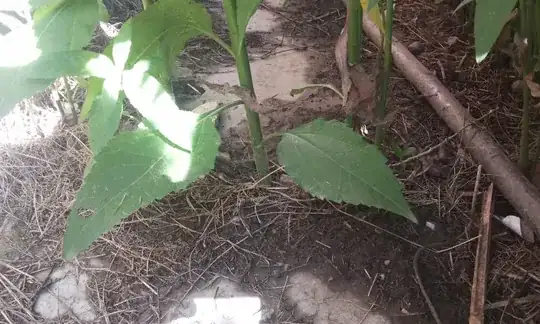I planted three Heliopsis helianthoideses on 50 cm distance in a straight line row in a very sunny area last year, and they liked it very much, growing well over 2m, and having a decent number of flowers. My only objection was that they fell sideways at the end of season (October), not being able support their own weight, and not having something to lean on.
But this year, unbelivable happened. I now have a small “rainforest” of them. I am not sure whether from selfseeding, or growing from roots(I would say the latter), but now I have an area of several square meters absolutely dominated by heliopsis. There are literally more than hundred (!) of them growing from the ground. The nearest plant, a rosemary (that was around 80 cm away of them last year), was mersilesly just pushed and now is crawling on the ground. The next potential victim is a delicate Echinacea pallida that now has only 20 cm of empty space left towards heliopsises (it used to be 140cm away).
Strong and established grass that used to grow in the area is “a peace of cake” for them - they don't leave behind a single peace of grass while they are progressing.
I like heliopsis, and despite the tag “weed-control” I don't consider it a weed, and would like to keep it. Bees, butterflies and birds would like the same too.
But this is a juggernaut.
What do I do?
@Jurp and the other guy, here are the photos:
From distance, the heliopsis group is in the middle of the photo:

Closer:

Even more close:
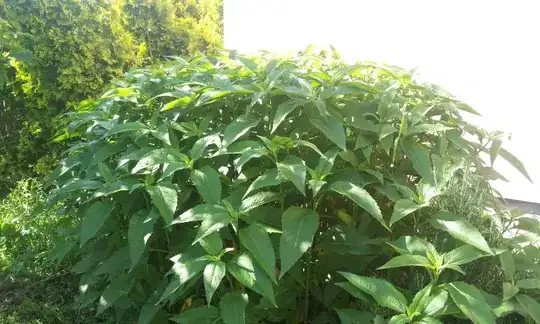
Top growth:
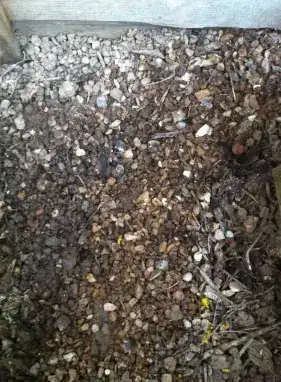
The top of one of them:
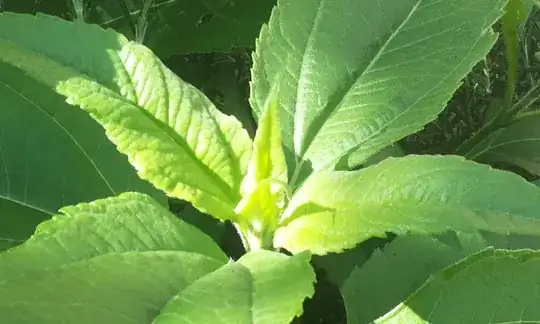
A leaf:
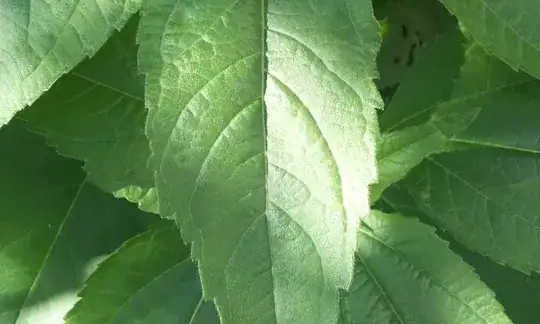
Another leaf:

Leaves from below:
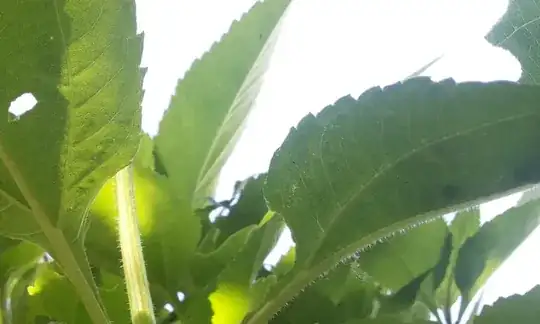
Stem:

Poor rosemary:
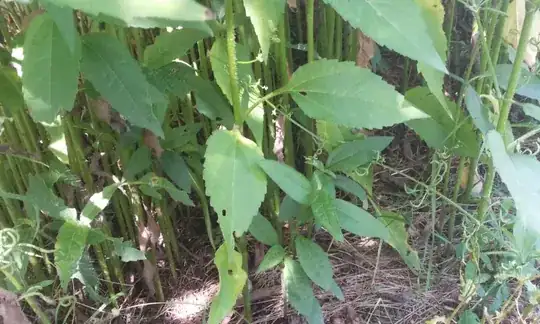
This is Echinacea pallida or angustifolia in danger of beeing swallowed...
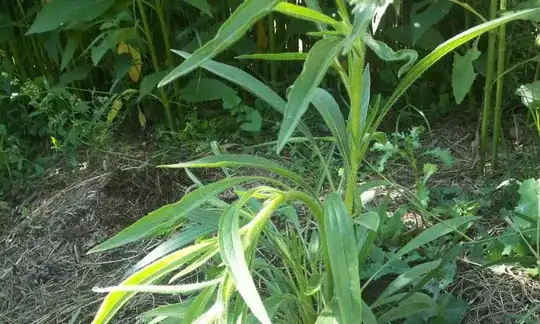
... by this monster...
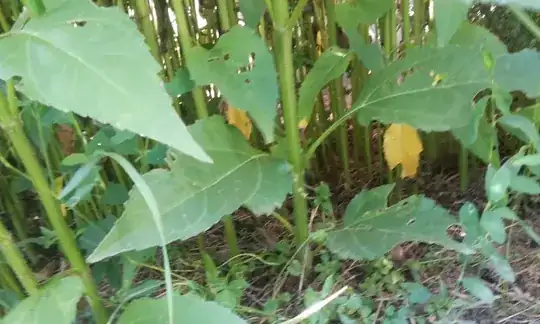
... that even grows between concrete elements of the “sidewalk” around house:
